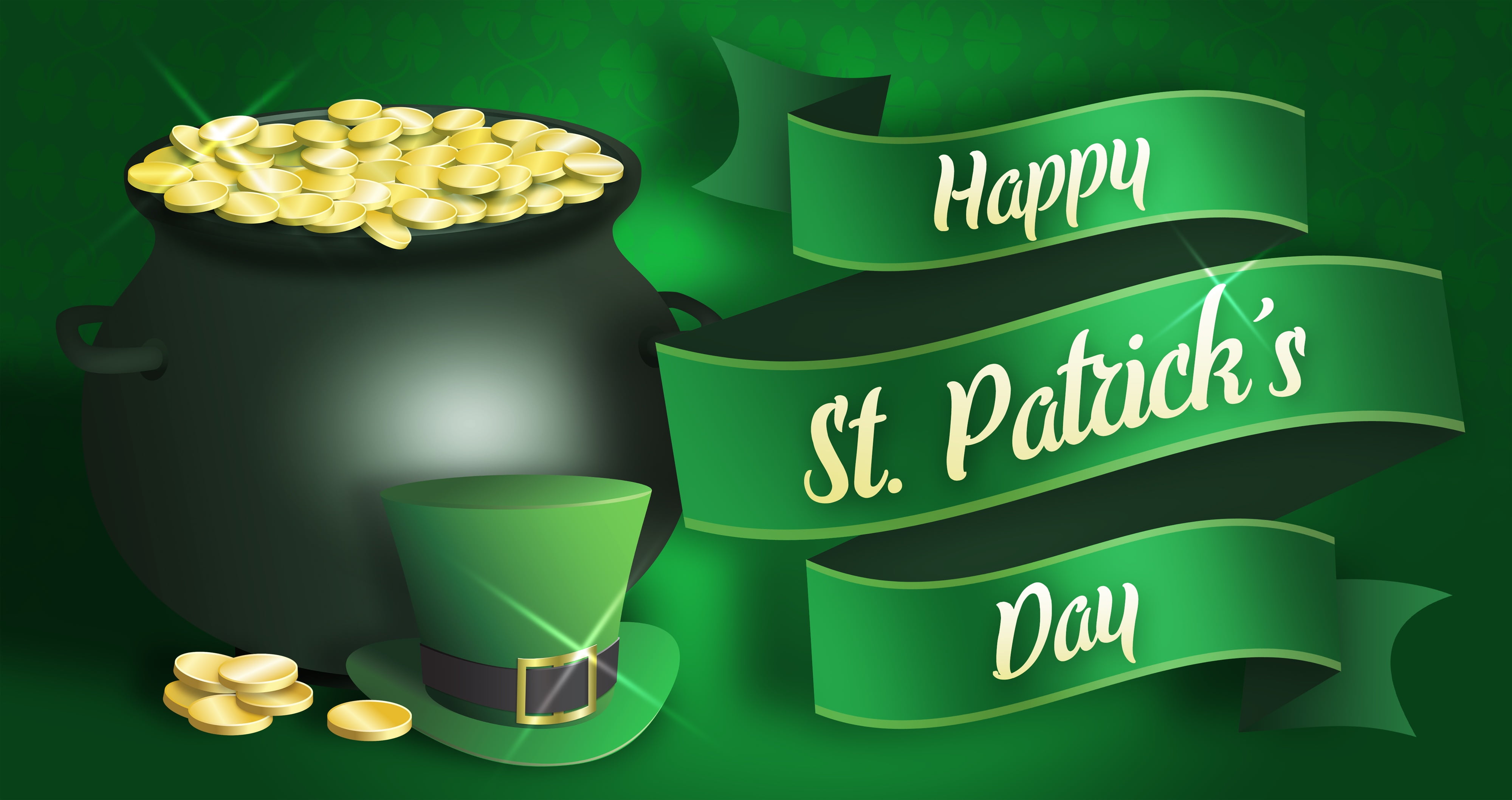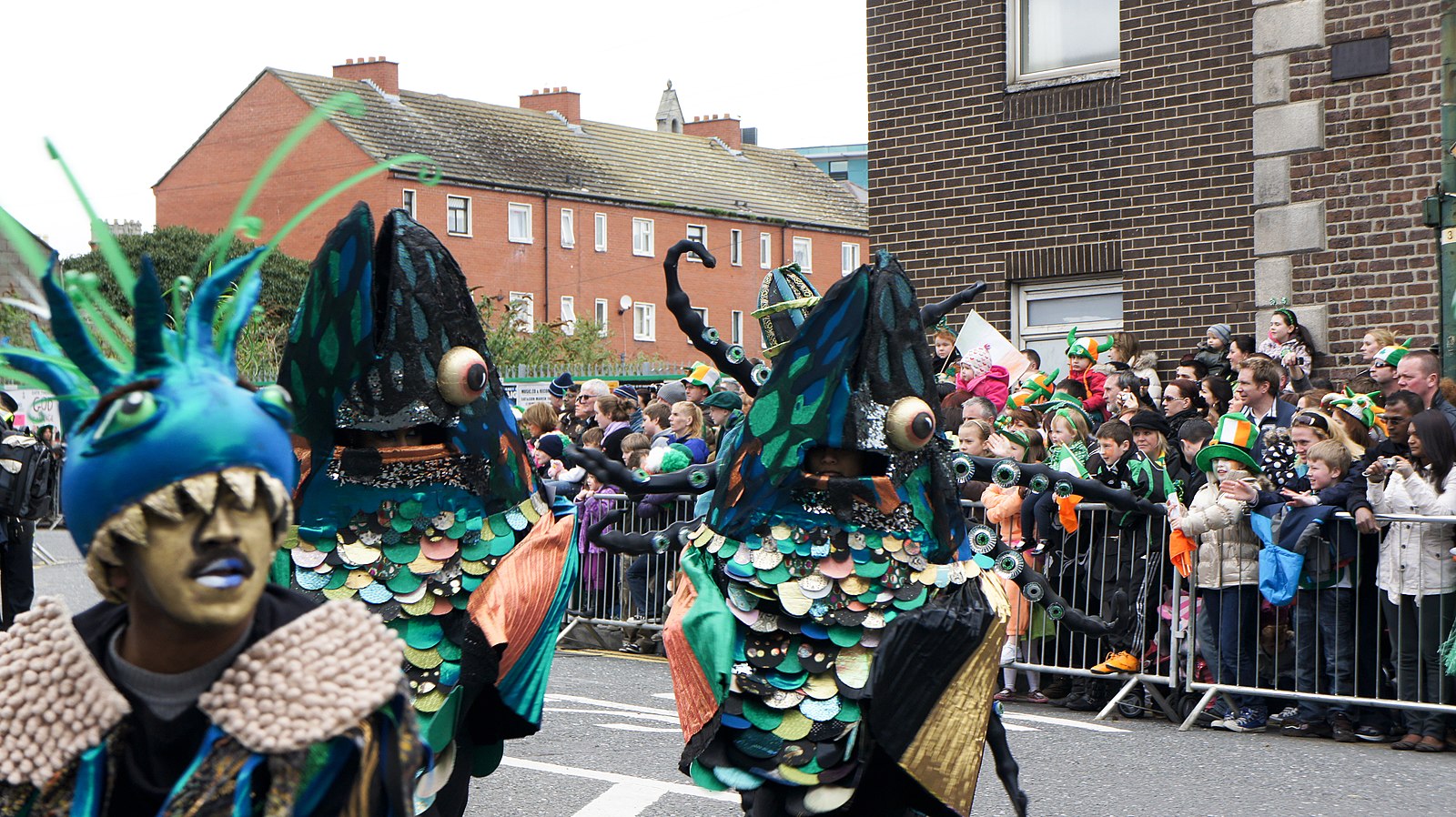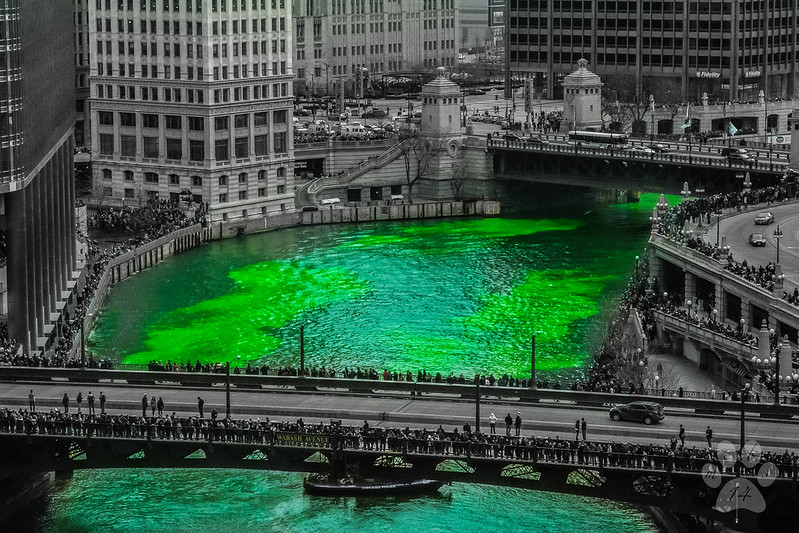
St. Patrick may have been an Irish clergyman, but his death anniversary — observed annually on March 17 — is celebrated worldwide, even in cities and towns with few or no ethnic Irish people. Here is a brief history of the man behind the holiday and the origins of some of the fun traditions associated with the commemoration.
The clergyman behind the celebration
Though revered as the patron saint of Ireland, St. Patrick was not Irish. Born on the British West Coast in 385 AD, Maewyn Succat, as he was then called, was enslaved and sold to an Irish sheep farmer at the age of 16. He escaped and returned to Britain a few years later. After spending 15 years in a monastery, the now renamed Patricius ("Father of the Citizens") returned to Ireland to spread Christianity to its mostly pagan population. While there is some dispute about his death's exact year, historians all agree that it was on March 17. Over the following few centuries, tales of his heroic deeds, which included driving out all of Ireland's snakes into the sea, transformed the once-obscure clergyman into a legendary figure. By the seventh century, St. Patrick had been elevated to the primary patron saint of Ireland, an honor afforded to only two others - Brigid of Kildare and Columba.
Parades

The beloved St. Patrick's Day parade tradition is believed to have begun in New York City on March 17, 1762. The inaugural procession, which comprised a group of homesick Irish immigrants, has grown into one of the world's largest St. Patrick's Day gatherings. Every year, over 2 million spectators line up along Fifth Avenue to watch the six-hour-long, volunteer-organized extravaganza, featuring bands, bagpipes, dancers, and between 150,000 to 250,000 participants.
The parade in Dublin, Ireland is not as impressive. However, the city makes up for it by hosting a week-long celebration, which attracts over a million revelers annually. Unfortunately, the COVID-19 pandemic restrictions have put a damper on these fun events. While New York City plans to stream a virtual parade — showcasing clips from past parade marching bands — Ireland has decided to cancel the celebrations altogether.
How green became the preferred color

Green is synonymous with St. Patrick's Day, and iconic locations around the world are transformed by the color — from the Chicago River to the White House fountain, to famous monuments, such as the Eiffel Tower in Paris and the Opera House in Sydney. However, when the Order of St. Patrick was established in the 1780s, blue was the preferred color. Green, which was associated with Irish nationalism, was introduced to the festivities in the 1790s as a good representation of Ireland's lush green landscape.
The origin behind the American tradition of pinching those not wearing green on St. Patrick's Day is a little hazy. Some attribute it to the green bruise left behind by a fierce pinch, while others credit it to the false belief that wearing green makes one invisible to leprechauns. They maintain that the pinch serves as a reminder to be careful of the crafty creatures.
Leprechaun traps and four-leaf clovers

For kids, one of the most fun St. Patrick's traditions is setting up leprechaun traps. According to Irish folklore, the solitary fairies — depicted as little bearded men wearing coats and hats — know the location of pots of gold and can also grant any three wishes. The only catch? The sneaky creatures have yet to be seen, let alone caught, by anyone.
Looking for lucky four-leaf clovers is also a popular St. Patrick's Day ritual. However, given that there are about 10,000 three-leaf clovers for every "lucky" four-leaf clover, finding one is almost as elusive as finding a leprechaun.
Why corned beef and cabbage?

No St. Patrick's Day celebration is complete without corned beef and cabbage. However, this is not an Irish tradition but an American one started by early Irish settlers, who could afford meat only once a week. Since beef was cheap, it became the meat of choice. Over the years, this "special meal" became associated with the equally special St. Patrick's Day, and the tradition was born. In Ireland, the preferred meat of choice is bacon or lamb.
Do you know of a fun St. Patrick's Day tradition? If so, be sure to share it with us by writing your comments below.
Happy St. Patrick's Day!
Resources: Wikipedia.org, History.com. RD.com
